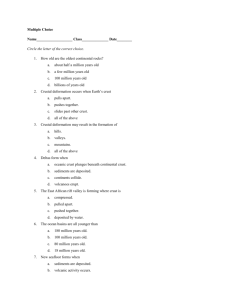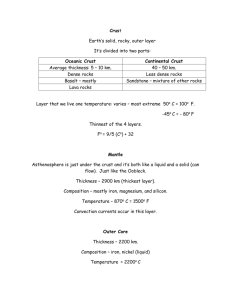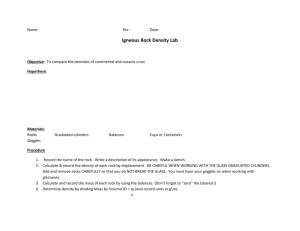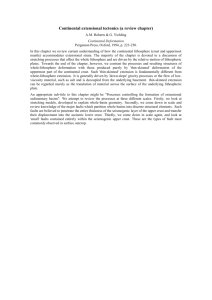Media Release
advertisement
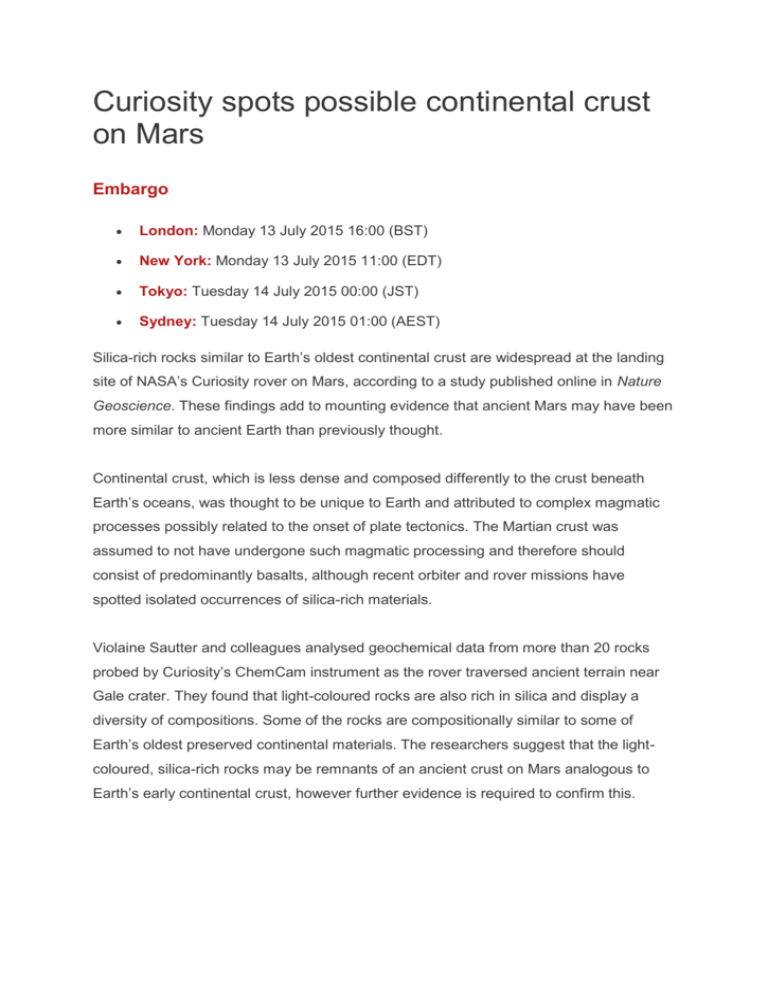
Curiosity spots possible continental crust on Mars Embargo London: Monday 13 July 2015 16:00 (BST) New York: Monday 13 July 2015 11:00 (EDT) Tokyo: Tuesday 14 July 2015 00:00 (JST) Sydney: Tuesday 14 July 2015 01:00 (AEST) Silica-rich rocks similar to Earth’s oldest continental crust are widespread at the landing site of NASA’s Curiosity rover on Mars, according to a study published online in Nature Geoscience. These findings add to mounting evidence that ancient Mars may have been more similar to ancient Earth than previously thought. Continental crust, which is less dense and composed differently to the crust beneath Earth’s oceans, was thought to be unique to Earth and attributed to complex magmatic processes possibly related to the onset of plate tectonics. The Martian crust was assumed to not have undergone such magmatic processing and therefore should consist of predominantly basalts, although recent orbiter and rover missions have spotted isolated occurrences of silica-rich materials. Violaine Sautter and colleagues analysed geochemical data from more than 20 rocks probed by Curiosity’s ChemCam instrument as the rover traversed ancient terrain near Gale crater. They found that light-coloured rocks are also rich in silica and display a diversity of compositions. Some of the rocks are compositionally similar to some of Earth’s oldest preserved continental materials. The researchers suggest that the lightcoloured, silica-rich rocks may be remnants of an ancient crust on Mars analogous to Earth’s early continental crust, however further evidence is required to confirm this. Article and author details 1. In situ evidence for continental crust on early Mars Corresponding Author Violaine Sautter, Paris Muséum d’Histoire Naturelle, Paris, France Email: vsautter@mnhn.fr, Tel: +33 1 40 79 35 25 DOI 10.1038/ngeo2474 Online paper* http://nature.com/articles/doi:10.1038/ngeo2474 * Please link to the article in online versions of your report (the URL will go live after the embargo ends). Image Caption: MaHLI image of Clinton (dioritic rock) shows coarse pearly feldspar crystals intergrown with mm-size quartz crystals and dark mafic phase. Credit: NASA/JPL-Caltech/MSSS




